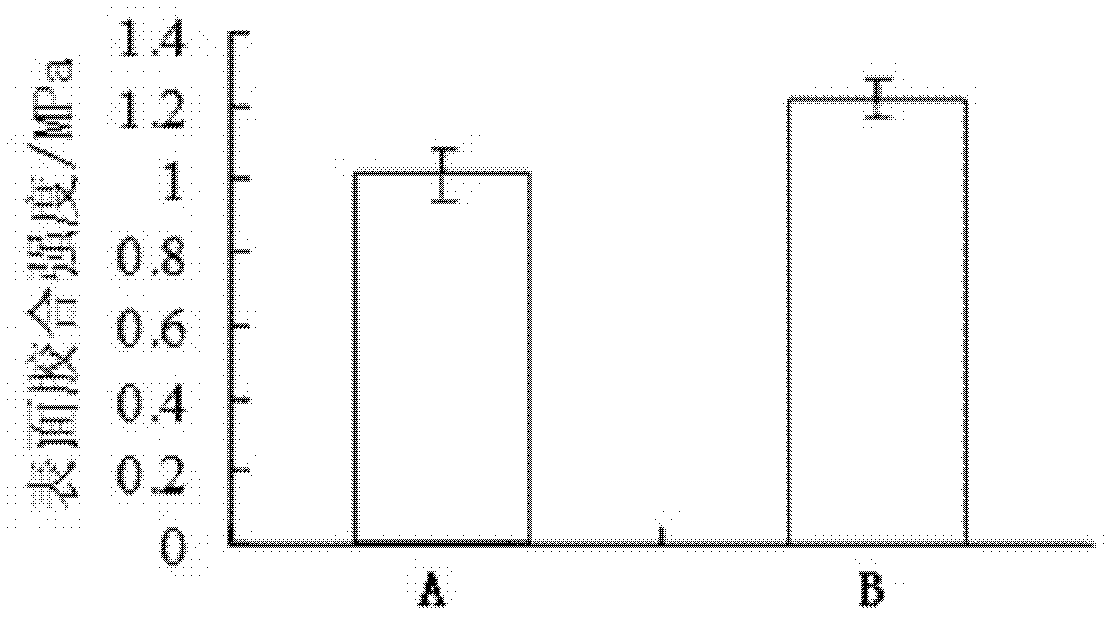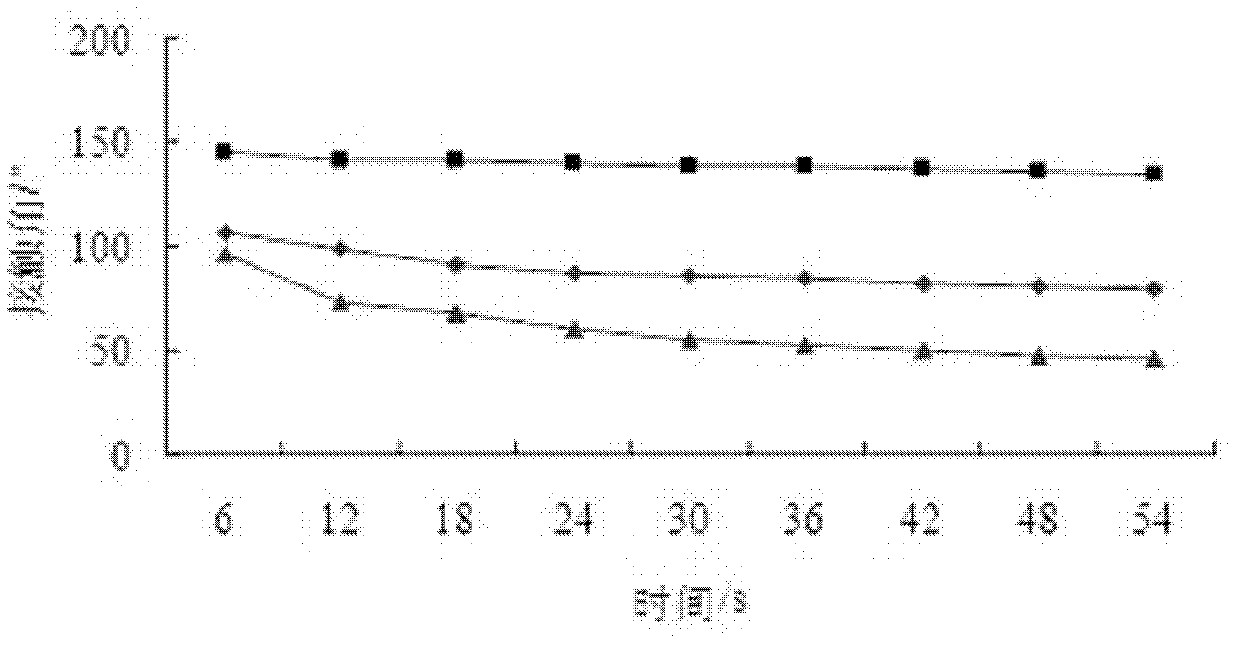Method for manufacturing veneer overlaid wood and plastic composite plate without extra adhesive
A technology of wood-plastic composite and manufacturing method, which is applied in the direction of flat products, wood processing appliances, household components, etc., can solve the problems of increasing manufacturing costs, achieve environmental protection in production and use, good impregnation peel strength, good heat resistance and water resistance Effect
- Summary
- Abstract
- Description
- Claims
- Application Information
AI Technical Summary
Problems solved by technology
Method used
Image
Examples
specific Embodiment approach 1
[0011] Specific Embodiment 1: In this embodiment, the manufacturing method of veneer veneer wood-plastic composite board without additional application of adhesive is carried out according to the following steps: 1. Mix wood fiber, thermoplastic and maleic anhydride grafted plastic evenly, Form the mixture, pave the mixture in the mold frame to form a loose slab; 2. Apply a vertical pressure of 0.2-0.6 MPa to the slab, remove the mold frame, and preheat to make the temperature reach 120-140 °C; 3. After preheating, place the slab on a veneer, and place another veneer on the upper surface of the slab to form a slab with a sandwich structure; 4. Put the slab with a sandwich structure into the hot press, Thickness gauges are placed at both ends of the hot-pressing plate to control the thickness of the slab to be 6-16mm, and hot-pressing is carried out, the hot-pressing temperature is 175-185°C, the hot-pressing pressure is 2-6MPa, and the hot-pressing time is 6-13min; After press...
specific Embodiment approach 2
[0015] Embodiment 2: This embodiment is different from Embodiment 1 in that: the size of the wood fiber in Step 1 is 16-80 mesh. Others are the same as in the first embodiment.
specific Embodiment approach 3
[0016] Embodiment 3: This embodiment differs from Embodiment 1 or Embodiment 2 in that: in step 1, the mass ratio of wood fiber to thermoplastic is 50-55:45-50. Others are the same as in the first or second embodiment.
PUM
 Login to View More
Login to View More Abstract
Description
Claims
Application Information
 Login to View More
Login to View More - R&D
- Intellectual Property
- Life Sciences
- Materials
- Tech Scout
- Unparalleled Data Quality
- Higher Quality Content
- 60% Fewer Hallucinations
Browse by: Latest US Patents, China's latest patents, Technical Efficacy Thesaurus, Application Domain, Technology Topic, Popular Technical Reports.
© 2025 PatSnap. All rights reserved.Legal|Privacy policy|Modern Slavery Act Transparency Statement|Sitemap|About US| Contact US: help@patsnap.com



